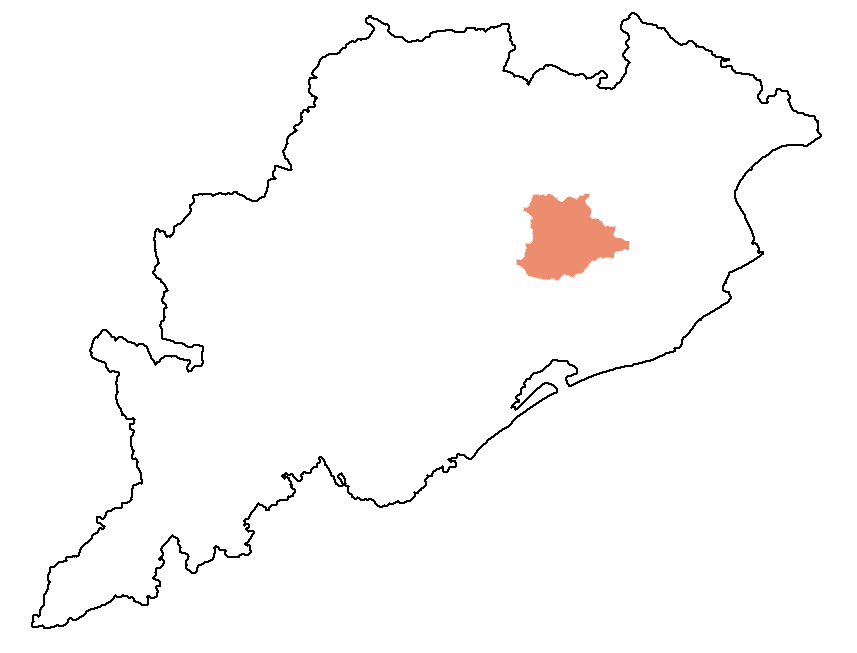The
ACCESS vertical is focused on ensuring every child is in school, participating and moving towards completion of secondary school, in the following ways
- Out-of-school children are identified through community contact and household surveys and reconnected to education through bridging programs and ‘back to school’ drives
- All children tracked for attendance and retention using the Village Education Registers (VER) and voluntary community-wide child protection committees
- All children supported in transition from primary to upper primary to secondary school

 Dhenkanal
Dhenkanal 

